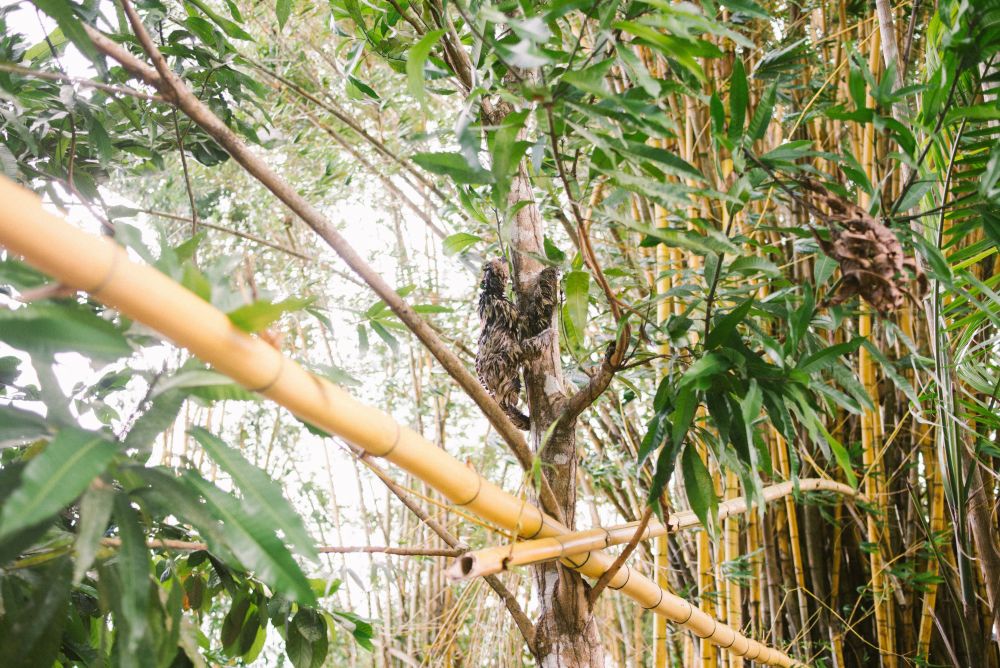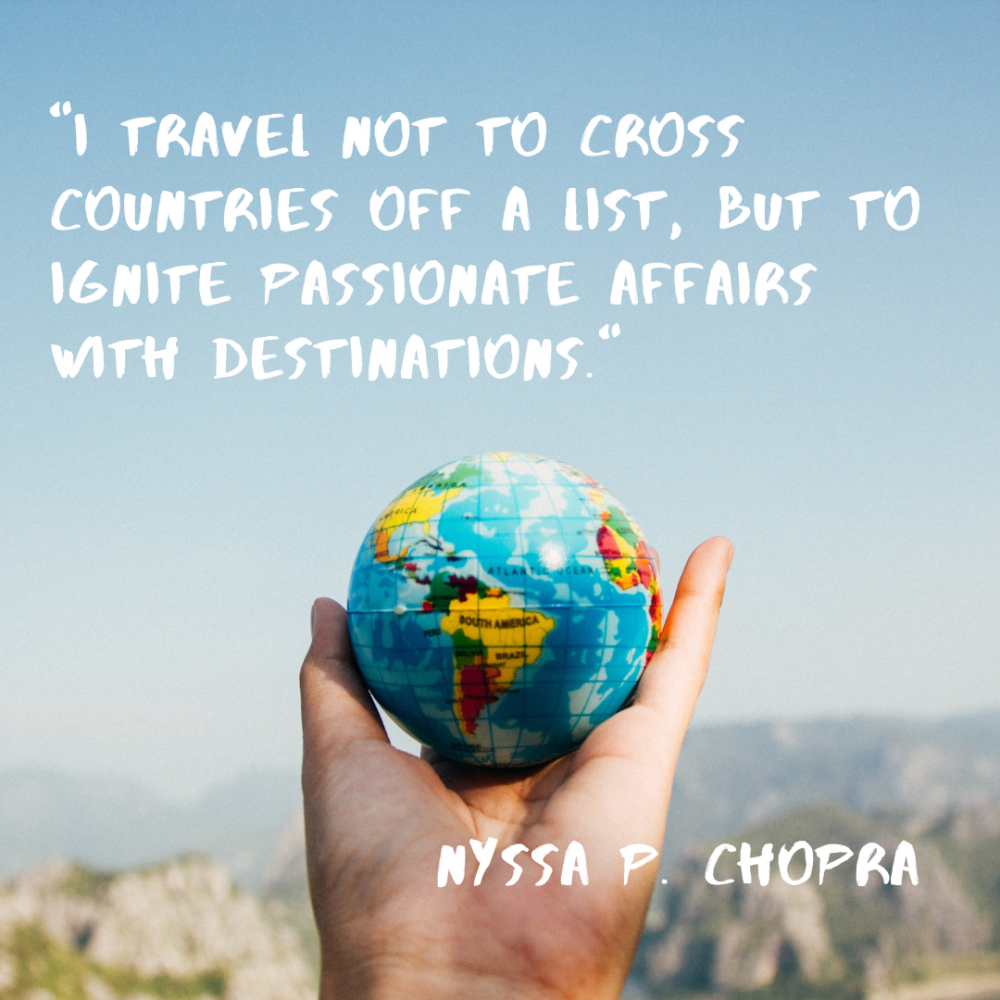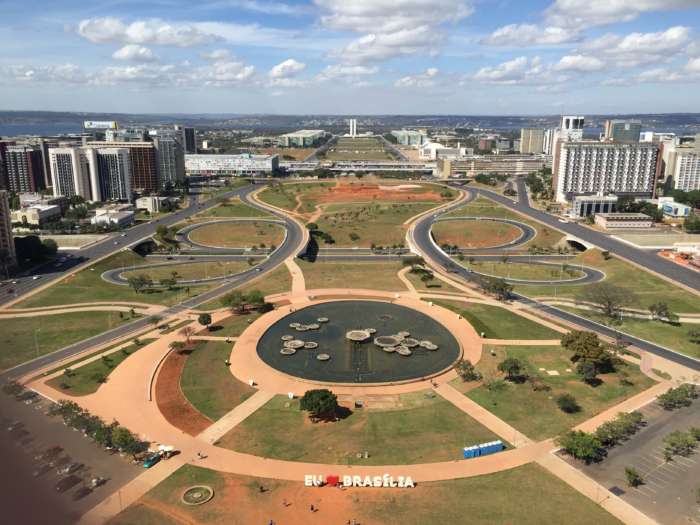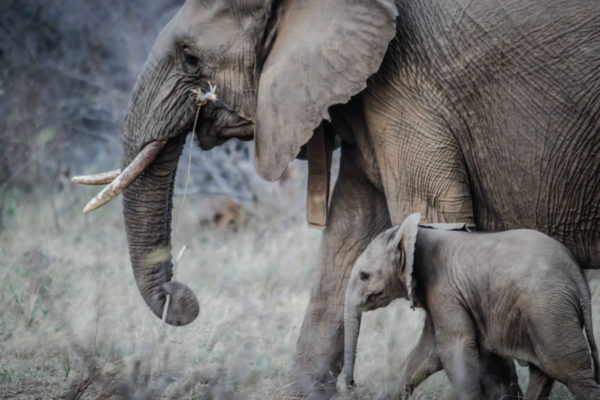“Will I see snakes? Alligators? Will my phone have a signal? What if something happens to us there, who’s going to save us and where will they take us?”
These were just a few of the dozens of questions I made before my first experience deep in the Amazon in Nova Esperança in the state of Amazonas. Despite all of my fears, my desire to spend some time in a riverside indigenous community in the Amazon was greater.
Our experience in Nova Esperança was for 4 nights, and I must say, thus far, this has been the most incredible travel experience of my life!

Where is the community?
Prior to visiting, we didn’t know much about Nova Esperança, but this community welcomed myself (Nathalia, your friendly Viare Travel consultant), and my travel partner, Amanda with open arms. I’d seen some photos, knew it wasn’t too far from Manaus, and that the community members were of the Baré indigenous ethnicity. Although they speak their native language, Nheengatu, everyone also spoke Portuguese. Since it’s literally my job to research and plan trips so thoroughly, I must confess it was a bit daunting not to know so much.
In order to get to the community, there are 2 option: hire a speed boat, in a trip that’ll last about 2 hours, 30 minutes, or take the regional boat (or recreio, as it’s called locally), which takes about 6 hours during the day, or 11 hours overnight. The speed boat will run you about R$1.000,00 (about US$250 at the publication of this post) per leg, and the regional boat, R$35/person (About US$9), and so we took the regional boat! Besides the cost, we also thought it would be interesting to take in the full experience and travel using a very local means of getting from one town to the other, in this part of the country. And it was completely worthwhile! Spending hours lying on a hammock, watching the scenery along the Rio Negro go by slowly for the first time, was certainly a highlight of our trip.

Before our trip, in Manaus, we met one of our hosts, Walmir, who, along with his wife Juliana, would host us in Nova Esperança. He picked us up from the port market, and took us to the boat that would take us to their community. Once we got to the boat, our hammocks were already tied amongst the dozens of others, and we got cozy pretty quickly. During most of the trip, we chatted with Walmir, who from the very first hello, was very hospitable – and very chatty. We loved listening to his stories, and legends of the Amazon!
My Experience in Nova Esperança
Our dinner on the first night, was at Seu José’s house, the community’s cacique. A cacique is the leader of an indigenous community, and so you can imagine we felt quite honored! We knew we would get to meet him, but didn’t realize we’d be dinner guests. But what was incredible about the whole experience, including this dinner, was that there wasn’t much of a fuss around us. We were welcomed as part of the community for a few days, not for the tourists we were, which is certainly a characteristic of community based tourism in action.
We loved meeting Seu José, and some of his children and grandchildren who were there as well, but the true star of the home – and possibly the community – is Dona Sônia. It’s hard to put in to words how we felt about her strength as well as her geniality. We were mesmerized by her gregarious laugh and such incredible wisdom, when she told us about her youth, her relationship to her children, her work on a farm, and life in the community. When dinner was over, everyone left, but Amanda and I stayed with Dona Sônia for another hour or so. Whenever we got a chance during our stay, we would stop by her house to listen to and learn from her.

I should say, the best part about the whole experience in the community were the stories, learning and exchanges with the community members in Nova Esperança. If you want to experience something similar, it’s important to try to learn a bit of Portuguese or hire a guide to accompany you for any sort of community based experience. Because you’ll hear a lot about the beauty of the forest – which is in fact, surreal – but the most special part of the forest is the people who live there. Coming from a large city, it’s almost as if we were in a different “Brazil,” one that has a lot to teach us about collectivism, respecting nature, ethics, and solidarity.
In terms of activities in our itinerary, what I most enjoyed was the canoeing, which I thought would actually be a bit boring. Guided by José, the son of Dona Sônia and the cacique, we canoed through the Cuieiras, the river the community lies beside, in the late afternoon, when it looked like it would rain at any moment. But the rain was light, and went away right before we headed into the igapós.

The igapós, are the inundated parts of the forest, that are usually full during the “high” river season, and to navigate through this wet forest in a small wooden boat, just listening to the sounds of the forest and the paddle, was surreal. It’s one of those moments you never forget. What was most surreal was that José knew his way around! It was incredible to see his connection to the forest. In fact, José was a military photographer for a year, and so one of his hobbies is to make his way into the igapós and to take photos of the birds he spots there, for hours on end.

On the way back to the community, when we thought we’d escaped the rainfall, alas decided to fall heavily on us, and it was quite scary. The only reason we didn’t freak out was because José didn’t seem phased by it at all. When the rain started to get heavier, we were lucky to be passing by a casa de farinha (and Amazonian flour mill), on the banks of the river, just before Nova Esperança. So José calmly rowed there, and we waited a few minutes until the rain let up, and witnessed an incredible sunset right before docking into the community. Again: surreal!
Besides canoeing, we also loved the hike through the forest with Cristiano. We didn’t get to see much fauna (besides huge mosquitoes that followed us the entire way – do they count?), but Cristiano gave us a real lesson into the intricacies of the forest. The best part was seeing the capiba ant, which serves as a natural repellent.

We also really loved watching and helping Dona Sônia make farinha, cassava flour, and really enjoyed learning the local crafts with Juliana. The lesson was quick, but was enough for us to learn to make a bracelet and a necklace, which we were able to take home as a special souvenir.

Our Family in Nova Esperança
As I mentioned in the beginning of the text, for 4 nights, we stayed with Walmir and Juliana. They prepared a room with us with a bathroom. Everything was very basic and rustic, but incredibly clean and cozy. The bathroom, as already expected, did not have hot water, but this was not a problem considering the hot and humid climate of the Amazon.
For meals, breakfast, lunch and dinner were served in the kitchen annexed to the house. I thought I wouldn’t really appreciate the seasoning of the foods in the North of Brazil, but I was wrong. Everything was prepared with so much love by Juliana, and everything she made was incredibly delicious. My favorite dishes were the beans she cooked, and the beiju with tucumã, a tapioca pancake with a bright orange amazonian fruit. On one of the days, Walmir chipped in and also made fish for us, cooked inside a banana leaf, which was one of the most delicious things we had on the trip!

Walmir and Juliana have 4 children – Kalison (17), Samara (12), Maria (3) and Julinha (8 months). We did not spend much time with the older kids, and cute little Julinha slept most of the time, but, Maria was love at first sight. It’s impossible to not fall in love with this independent, witty and sassy 3 year old! Walmir told us she usually didn’t connect with travelers so much, but with Amanda and myself, it was different. And I think it really way, because she was attached to us from our first morning there.
Maria’s best friend is also her cousin Catarina (Catinha, for short), and the two followed us everywhere in the community. On our second night there, they came into our room with several dolls, a notebook and pen, and stayed there playing until their parents called them to go to bed. On the last day, the hardest part was certainly saying goodbye to these two, our favorite little people in the community.

The Return Home
Our days in Nova Esperança went by way to quickly, and although Amanda and I were extremely excited for the next stop on our trip, Alter do Chão in Pará, we certainly could have used a few (or several) more days along the Cuieiras Rivers.
The connection we developed with this place, and these people, is certainly hard to explain. I sort of already knew I would like the Amazon, but this experience was much more special than I could have imagined. I can’t avoid the clichê, but in these few days in Nova Esperança, I was truly transformed. And even now, it’s hard to process everything I experienced there.
Now, more than the saudade I feel, I also want to return as soon as I can. We promised Maria and Catinha we would return, and are determined to keep this promise, because you don’t break promises you make to children. So here I am publicly stating: Nova Esperança, we’ll be back soon.
After reading this post – would you like to join me?

Send us a message here! Our suggestion is to combine this community based experience in the Amazon, with a few days in Alter do Chão, as Amanda and I did. You can read more about my experience in Alter, here.




